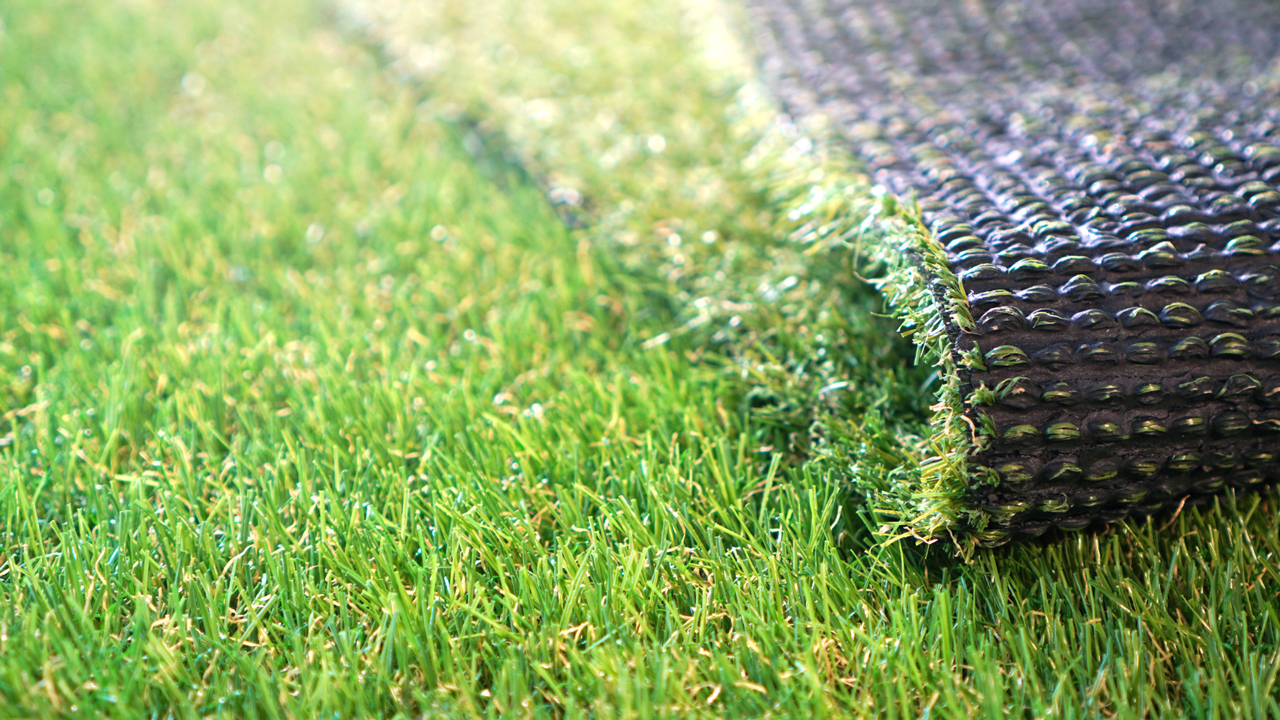
Artificial grass has gained popularity as a viable alternative to natural grass, offering a range of advantages for homeowners. With its realistic appearance and low-maintenance nature, artificial grass provides an attractive and hassle-free solution for outdoor spaces.
Unlike real grass, it doesn't require watering, mowingMowing is the regular cutting of grass to maintain a lawn at a desired height. This fundamental main..., or fertilizing, saving both time and money. Additionally, artificial turf is highly durable and can withstand heavy foot traffic, making it suitable for high-traffic areas like sports fields and backyard play areas.
With its ability to stay green all year round, regardless of weather conditions, artificial grass ensures a beautiful landscape and enhanced curb appeal. Discover the convenience and beauty of artificial grass for your residential lawns and outdoor living spacesOutdoor living spaces are areas designed for comfort and entertainment in the open air, often functi....
When considering options for your outdoor spaces, it's important to understand the differences between artificial turf and natural grass.
Artificial turf, also known as synthetic grass, is a man-made surface that replicates the look and feel of real grass. It is made from synthetic materials and requires minimal maintenance.
On the other hand, natural grass is grown from seeds and requires regular care, including mowing, watering, and fertilizing.
While natural grass has its charm, it comes with both pros and cons. A natural grass lawn provides a soft and natural surface for outdoor activities and can enhance the aesthetic appeal of your landscape.
However, it requires regular maintenance and care to keep it healthy and vibrant. This includes mowing, watering, and fertilizing, which can be time-consuming and costly. Additionally, natural grass requires a significant amount of water, making it less water-efficient compared to artificial grass.
When deciding between artificial turf and natural grass, consider your lifestyle, maintenance preferences, and environmental impact. Each option has its own advantages and drawbacks, so choose the one that aligns with your needs and values.
Overall, while artificial grass may have higher upfront costs, it offers long-term savings, lower environmental impact, and reduced maintenance requirements compared to natural grass. It's essential to consider your specific needs, budget, and environmental priorities when choosing between the two options.
When it comes to care and maintenance, artificial grass and natural grass have distinct differences:
When choosing between artificial and natural grass, several factors should be considered. First, evaluate the climate in your area and the specific requirements of each grass type. Some grass varieties thrive in certain climates, while others may struggle.
Second, consider how you plan to use your outdoor space. If it will receive heavy foot traffic or is intended for recreational activities, artificial grass may be a more durable and practical choice. Additionally, think about the aesthetics and how both options will complement the overall landscape design of your property.
Assess the environmental impact by considering water usage, chemical inputs, and sustainability. Finally, compare the initial installation costs, ongoing maintenance expenses, and long-term savings to determine the financial feasibility of each option.
Transform your outdoor space with confidence by consulting with West Hills Masonry. Our team of experts can help you make the right choice between natural and artificial grass. Whether you're looking for a low-maintenance solution, water conservation, or durability, we have the expertise to guide you through the decision-making process.
We'll assess your specific needs, consider the unique factors of your property, and provide personalized recommendations tailored to your preferences and budget. With our years of experience in landscape installation and commitment to customer satisfaction, we'll ensure that you make an informed decision that enhances the beauty and functionality of your outdoor space.
Contact us today at 714-519-5009 to schedule a consultation and let us help you create the perfect landscape for your home!
 Carlos Gonzales
Carlos GonzalesLocations We Serve
Schedule A Consultation